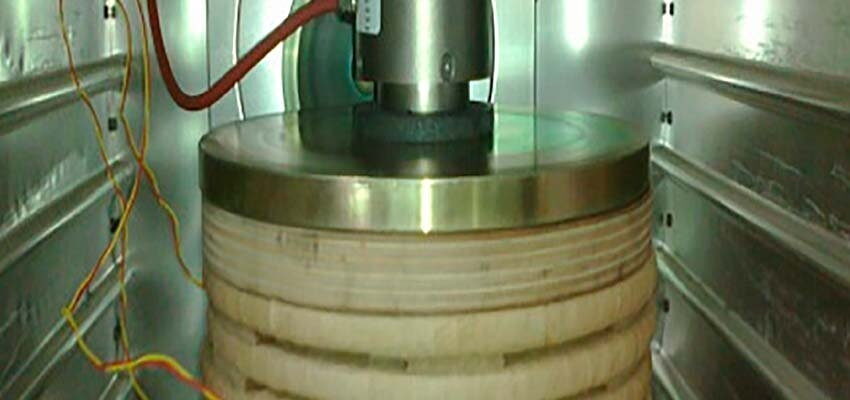
Moisture dynamics during pressboard drying
Abstract Factory drying of transformer insulation is performed to remove excess moisture from the insulation, which delays ageing and helps in sizing the core-coil assembly...
bySruti Chakraborty, Rahul Zambare, Sushil Chaudhari

Abstract
Factory drying of transformer insulation is performed to remove excess moisture from the insulation, which delays ageing and helps in sizing the core-coil assembly before oil impregnation. The rate of drying and cycle time depends on the nature and thickness of the material, temperature and pressure level within the drying chamber, as well as airflow and relative humidity of air, thus making it difficult to obtain universal methodologies for all insulation materials. This paper attempts to explore moisture dynamics of insulation stack (pressboard) that shows significant involvement in height reduction. The article studies the possibility of shorter drying cycle, and the influence that nature and thickness of the material might have on it.
Keywords: transformer insulation, drying, moisture, dynamics, drying rate
1. Introduction
Efficient factory drying of solid insulation to remove excess moisture is a critical step during processing and resizing of core-coil assembly for reliable operation and optimum performance throughout the service life of transformer [1]. Core-coil is defined as the assembly containing the active part of a transformer, i.e. magnetic core mounted with conducting coils properly insulated using Kraft/crepe paper and separated from each other using pressboard stack, as shown in Fig.1. Paper and pressboard are the main components in insulating a core-coil assembly and are cellulose-based components with a natural affinity towards water (moisture). This makes the insulation material “hygroscopic” so that it absorbs moisture easily from the oil and it is related to ambient temperature, thereby increasing the overall volume of core-coil assembly.
Solid material properties such as porosity, thickness and compression strength define moisture retention and viscoelastic behaviour of pressboard spacers, which show a significant role during coil sizing [2]. However, apart from material properties, rate of drying depends heavily on drying conditions, i.e. temperature and pressure, nature of the drying media, velocity of the drying media and relative humidity. Forthcoming chapters discuss the typical drying technique for transformer insulation stack, theoretical basis of the study, experimental investigations and mathematical evaluation of the proposed hypothesis.
2. Drying of transformer insulation
Cellulose-based paper and pressboard occupy large volumes in conventional transformer core-coil assembly in the form of wrapping paper, spacer stack, etc. These materials have a natural tendency to absorb water from the atmosphere at the manufacturing stage, making it vulnerable to oxidative, pyrolytic and hydrolytic degradation. Drying process removes excess moisture from solid insulation by heating and vaporizing the moisture, thus leading to a significant weight and height reduction of the core-coil assembly. The following subsections discuss state-of-the-art techniques of factory drying of transformer insulation.







